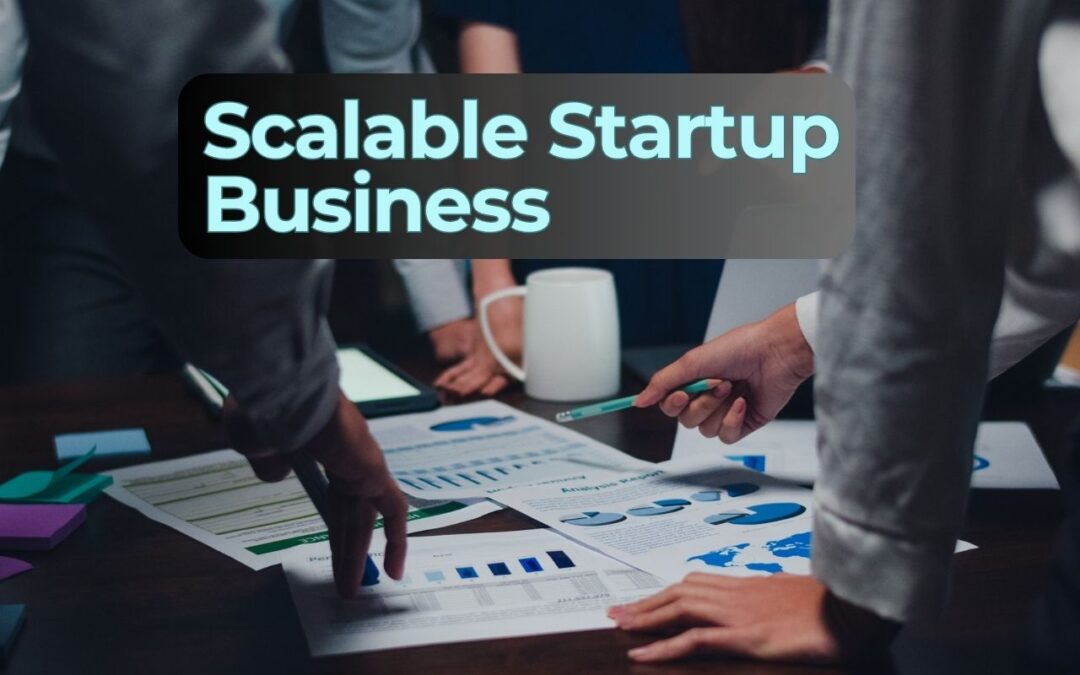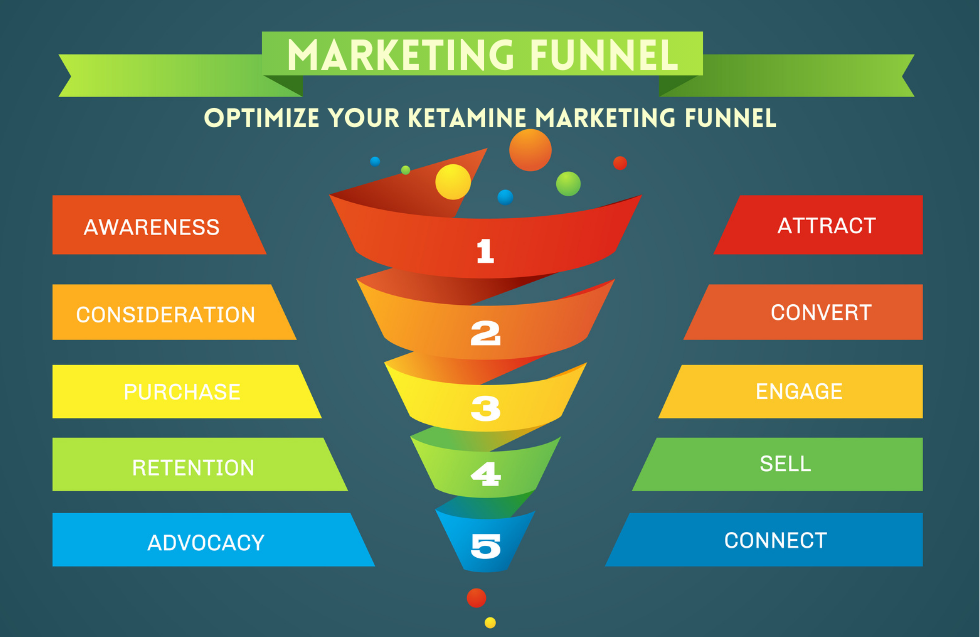Every startup founder dreams of building the next big thing—a product or service that can reach millions of customers, generate significant revenue, and sustain long-term growth. But to make that dream a reality, the first and most critical step is to build a scalable business model.
Scalability isn’t just about growth; it’s about sustainable and efficient growth. A scalable startup business model allows your company to increase revenue exponentially while keeping incremental costs relatively low.
In this blog post, we’ll explore how to create a scalable startup business model from scratch, covering everything from identifying market needs to implementing systems that support long-term expansion.
Understanding What Makes a Business Model Scalable
A scalable business model is one that can grow in terms of customer base, revenue, or reach without a corresponding increase in resources or costs. In other words, if your startup can double its output or customer base with minimal increases in expenses, your model is scalable.
Key characteristics of scalable business models include:
- High gross margins
- Low customer acquisition cost
- Repeatable sales process
- Use of automation and technology
- Minimal need for physical assets or manual labor to grow
Start With a Large and Addressable Market
The foundation of any scalable startup is a large target market. Scalability means your business can grow, but that’s only possible if there are enough potential customers to grow into.
Start by identifying:
- A real, widespread problem
- A market segment that is underserved
- A clear pain point that affects a large number of people or businesses
Market research and competitor analysis are essential at this stage. You’re not just validating the problem—you’re sizing up the opportunity. If your market is too small or niche, scaling becomes inherently limited.
Solve a Core Problem with a Unique Value Proposition
Next, your solution must address the identified problem better than existing alternatives. It’s not just about creating a product—it’s about creating a compelling value proposition.
A unique value proposition (UVP) helps in:
- Attracting early adopters
- Standing out in a crowded market
- Creating strong messaging for marketing and sales
Your UVP should be simple, clear, and focused on the benefits rather than features. What makes your product 10x better, faster, cheaper, or easier to use than what’s currently out there?
Design for Automation and Technology-Driven Growth
Technology is the engine that powers scalable startups. If your startup requires more people, manual labor, or physical space for every unit of growth, your costs will rise just as fast as your revenue—defeating the point of scalability.
Key ways to bake scalability into your model:
- Automate operations such as billing, onboarding, support, and fulfillment
- Use digital platforms for marketing and customer acquisition
- Adopt cloud-based infrastructure to keep tech scalable
- Build systems for product updates or improvements without human intervention
Design your processes and backend architecture for volume from day one, even if you’re starting with just a few users.
Create a Repeatable Sales and Marketing Engine
Customer acquisition is one of the biggest hurdles in scaling. You need a repeatable, low-cost, and scalable marketing and sales process. That means setting up systems that consistently convert new leads into paying customers.
Things to focus on:
- Establish a customer persona for targeting
- Test and optimize channels that work (social media, content, referral, email)
- Use growth hacking techniques to accelerate reach
- Implement CRM systems to manage sales pipelines
Customer acquisition strategies that rely too much on manual outreach or high ad spend without ROI will quickly become bottlenecks in scalability.
Focus on a High-Margin Revenue Model
Revenue is the lifeblood of any startup, but not all revenue is created equal. Scalable startups typically operate with high gross margins so that revenue growth translates into profitability over time.
Revenue models that support scalability include:
- Subscription-based (recurring, predictable)
- Freemium with paid upgrades
- Usage-based or tiered pricing
- Licensing or digital goods
Avoid business models with thin margins or heavy dependency on one-time transactions unless paired with very low acquisition costs and high customer lifetime value.
Build a Lean Cost Structure
Scalability also means being able to scale cost-effectively. Your cost structure should allow you to handle increasing demand without proportional increases in expenses.
Ways to build a lean cost structure:
- Outsource non-core functions
- Use contract or freelance workers instead of full-time staff early on
- Rent or use co-working spaces instead of buying property
- Negotiate variable rather than fixed costs with vendors
- Use digital tools for productivity and automation
Make sure each dollar spent drives clear ROI and contributes to growth, not just operations.
Establish Key Performance Indicators (KPIs) Early
You can’t scale what you don’t measure. From the beginning, establish the right KPIs that give you insights into your product, users, and financial health.
Some critical KPIs for scalable startups:
- Customer Acquisition Cost (CAC)
- Customer Lifetime Value (LTV)
- Monthly Recurring Revenue (MRR)
- Churn Rate
- Gross Margin
- Retention and Engagement Metrics
- Conversion Rate from Lead to Customer
Tracking the right metrics helps you identify bottlenecks, optimize processes, and validate if your model is truly scalable.
Build for Virality or Network Effects
Some of the fastest-scaling startups benefit from virality or network effects. These phenomena mean your customers bring in more customers or the value of your product increases as more people use it.
Examples include:
- User-generated content or referral loops
- Marketplace models where supply attracts demand and vice versa
- Community platforms that grow stronger as more users join
- Products that are inherently social (communication, collaboration)
Although not every product can go viral, if there’s a natural loop you can design that fuels organic growth, build it in.
Ensure Operational Scalability
Scalability isn’t just about acquiring users—it’s about supporting them seamlessly. Operational scalability includes logistics, customer service, tech infrastructure, and delivery.
You need systems that:
- Handle increased demand without quality issues
- Can be upgraded without full redesigns
- Are resilient to traffic spikes or load stress
- Allow you to scale your team, processes, and culture with minimal disruption
Operational bottlenecks can kill growth momentum if you’re not prepared.
Prioritize Customer Success and Retention
While acquiring new customers is crucial, retaining them is even more important for scalability. A high churn rate is a silent killer it forces you to spend heavily on acquisition without building lasting value.
To build a scalable base:
- Offer excellent onboarding experiences
- Provide proactive support and training
- Measure Net Promoter Score (NPS) and act on feedback
- Create customer education content
- Build loyalty programs and reward mechanisms
Happy customers become repeat users and evangelists, reducing your acquisition burden over time.
Create a Scalable Culture and Team Structure
Scalability isn’t just about systems and products—it’s also about people. Your startup’s ability to scale depends on a culture that embraces change, innovation, and growth.
Key principles to develop:
- Hire for attitude and potential, not just skill
- Use flat structures and cross-functional teams early on
- Document processes for onboarding new team members
- Foster ownership and accountability
- Build feedback and learning into the culture
A strong internal culture allows your team to adapt and grow without constant oversight, giving you room to focus on the big picture.
Test, Learn, and Pivot as Needed
Building a scalable business model is not a straight line. You’ll likely go through multiple iterations of your product, pricing, marketing, and operations before you find the right combination.
Adopt a mindset of:
- Continuous testing of assumptions
- Listening to user feedback
- Pivoting quickly when something doesn’t work
- Scaling what works, and dropping what doesn’t
Startups that survive and thrive are those that remain flexible but focused, always validating and refining their model.
Final Thoughts
Creating a scalable startup business model is as much about strategic foresight as it is about tactical execution. It requires a clear understanding of your market, a sharp value proposition, a lean and automated structure, and a growth engine powered by data and technology.
You don’t need to build everything at once. Instead, think long-term and lay the right foundations early. Scalability isn’t just a feature of your product it’s a philosophy of how you build, operate, and grow your entire business.
If you design for scale from the beginning, you’ll position your startup not just to grow fast—but to grow smart.













